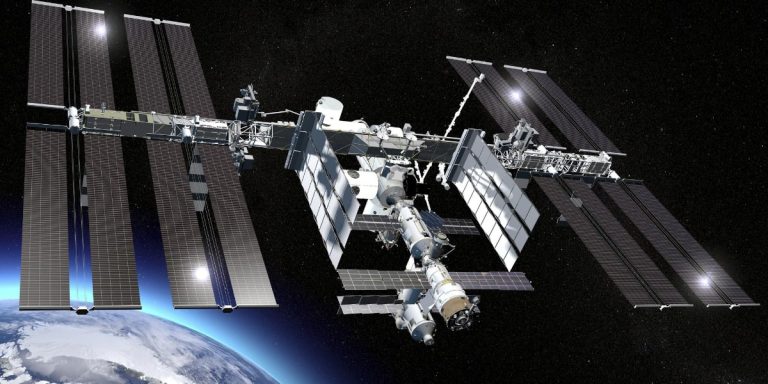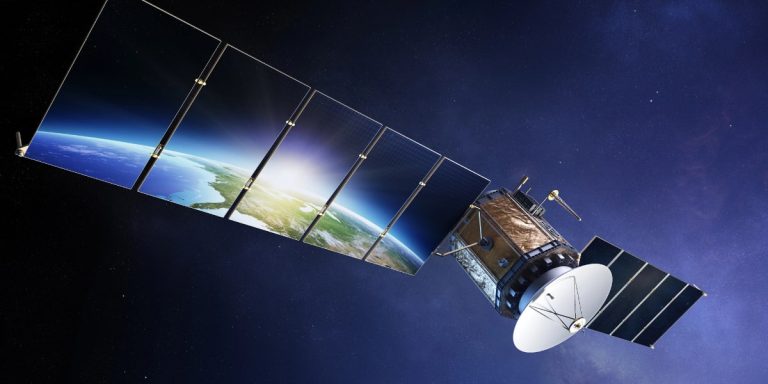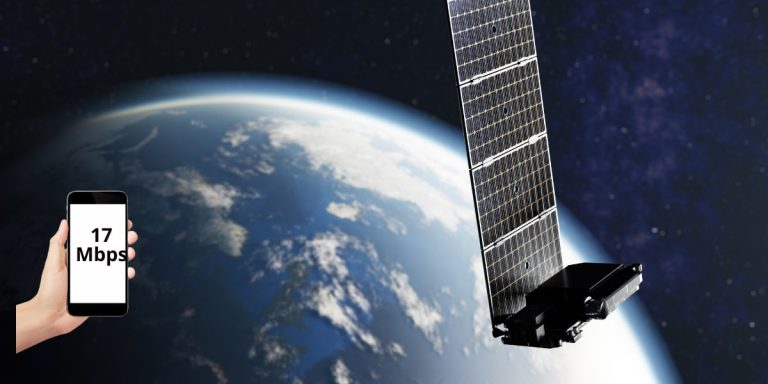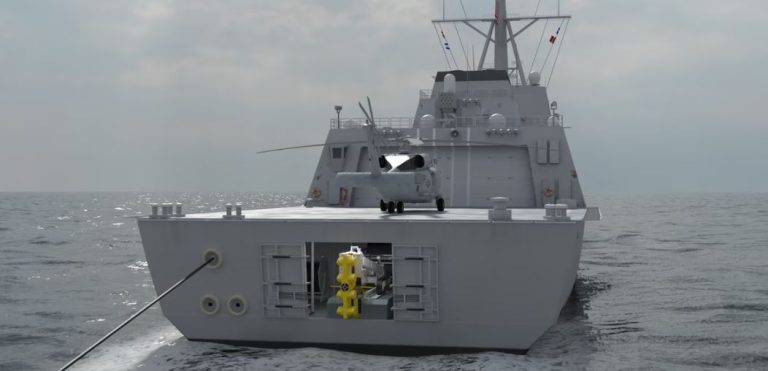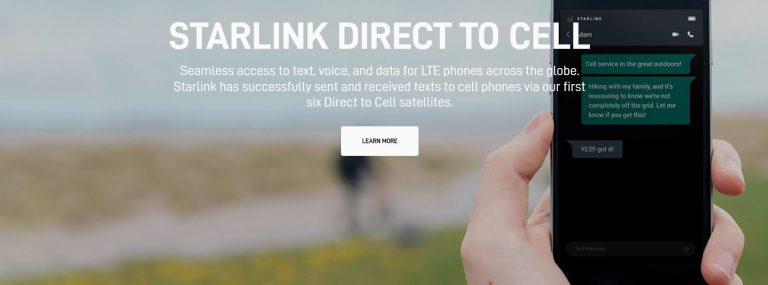Airspace World 2024: Pioneering Our Future Skies with Global ATM Leaders and Innovators
In the rapidly evolving landscape of air traffic management (ATM), where innovation and collaboration are paramount, Airspace World 2024 emerges as a beacon of progress. This premier event serves as a nexus for industry leaders, innovators, and stakeholders to converge and chart the course for the future of our skies. Let’s delve into the insights and highlights of this groundbreaking gathering.
Unveiling the Future of Airspace Management
Airspace World 2024 isn’t just a conference; it’s a catalyst for transformative change. By bringing together over 170 exhibitors and a diverse array of speakers, the event sets the stage for robust discussions on the latest advancements in ATM. From artificial intelligence to drone technology, attendees can expect a comprehensive exploration of the tools and strategies shaping the future of airspace management.
Spotlight on Vertiport Development and Air Taxi Integration
One of the pivotal themes at Airspace World 2024 is the integration of air taxis and the development of vertiports. These initiatives represent a quantum leap in urban air mobility, promising efficient and sustainable transportation solutions for tomorrow’s cities. The recent announcement of the UK’s first vertiport testbed in Oxfordshire underscores the tangible progress being made in this arena. As vertiport networks take shape, they will play a pivotal role in shaping the future of urban transportation, fostering connectivity and accessibility like never before.
Shaping the Dialogue for Future Skies
At its core, Airspace World 2024 is about more than just technological advancements; it’s about fostering dialogue and collaboration among industry stakeholders. By facilitating meaningful exchanges and forging new partnerships, the event paves the way for a more interconnected and efficient airspace ecosystem. Whether it’s addressing regulatory challenges or exploring emerging trends, attendees will play a vital role in shaping the future of global aviation.
Envisioning a Sustainable Future
As we look ahead to Airspace World 2024 and beyond, sustainability remains a central theme. With climate change posing unprecedented challenges to the aviation industry, there’s an urgent need for innovative solutions that prioritize environmental stewardship. From electric aircraft to carbon-neutral operations, the event serves as a platform for showcasing the latest advancements in sustainable aviation. By harnessing the collective expertise and ingenuity of its participants, Airspace World 2024 aims to pave the way for a greener and more sustainable future.
Conclusion
In conclusion, Airspace World 2024 stands at the forefront of a new era in aviation. By fostering collaboration, driving innovation, and championing sustainability, the event is poised to redefine the future of our skies. As industry leaders and innovators converge to share ideas and insights, they will chart a course towards a safer, cleaner, and more accessible airspace for generations to come.
For all Airspace World events information please contact:
HASHTAGS:
#AirspaceWorld2024 #FutureOfAviation #AirTrafficManagement #UrbanAirMobility #SustainableAviation #Vertiport #InnovationInATM #GlobalAviation #CollaborationInAviation #GreenSkies


